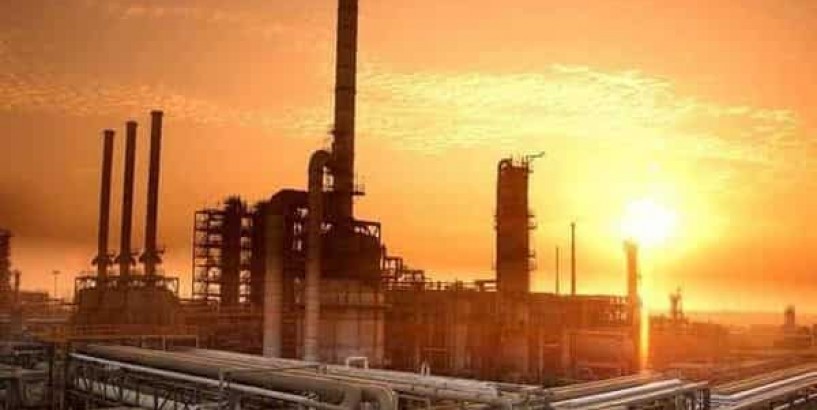MUMBAI : The covid-19 crisis and an exceptionally mild winter in the northern hemisphere have put global natural gas demand on course for the largest annual fall in history, the International Energy Agency said in its annual outlook on Wednesday.
Global gas demand is expected to fall by 4%, or 150 billion cubic metres (bcm), to 3,850 bcm this year – twice the size of the drop following the 2008 global financial crisis.
Repercussions from the covid-19 crisis are set to result in 75 bcm of lost annual demand by 2025, which is the same amount as the increase in global demand in 2019.
As of early June, all major gas markets worldwide are experiencing falls in demand or slumps in growth according to said IEA’s annual market report Gas 2020.
For the full year, however, mature markets across Europe, North America and Asia may see the biggest drop, accounting for 75% of the total decline in gas demand in 2020.
“Natural gas has so far experienced a less severe impact than oil and coal, but it is far from immune from the current crisis," said Dr Fatih Birol, the IEA’s Executive Director.
Global oversupply is also pushing major natural gas indices to record lows, while the oil and gas industry is cutting spending and postponing investment decisions to make up for the significant shortfall in revenue.
“Global gas demand is expected to gradually recover in the next two years, but this does not mean it will quickly go back to business as usual," Dr Birol said adding that the covid-19 crisis will have a lasting impact on future market developments, dampening growth rates and increasing uncertainties.
Post 2021 however, most of the increase in demand takes place in emerging Asia, led by China and India where there is strong policy support.
The main drivers of future supply growth – US shale and large conventional projects in the Middle East and Russia – are also under pressure from the current oil price collapse and uncertainty surrounding demand trends over the short and medium term prices. This casts a shadow over future investments, which will be needed in the long term to ensure the renewal of production sources and global security of supply.









